Cartoon My Picture Definition
Source(google.com.pk)Fed up of using image editors? Do not worry! Cartoonize.in is an online tool that helps you cartoonize your images within seconds. No need to download or install any software as it is completely online, where you can easily cartoonize your images for free of cost.
We have a huge list of cartoon effects to choose from, to convert your pictures with a cartoonized effect of your choice. Start cartoonizing your photo today and share it with your friends online. - See more at If you want to turn your image into a cartoon character, you can use your image for the transformation. No need to ask someone to draw it out for you. Using basic Photoshop techniques, you can change the color of your image into cartoon style.This time, the tutorial will present to make a fabulous soul for an image. Sometimes, when you would like to create some powerful or extraordinary scene, it is always good to add some of souls behind your presented images.There are various of lighting effects for photo edition. However, you may find very difficult to apply a suitable one to your images. Different lighting effects need to match with different scenarios. Here this one would be perfectly for your photo under dim condition or the color of photo is too monotony.Imagination is always a substantial factor to turn something boring into something exciting. This tutorial just turn the boring city into a Fantastically Imagative City in Photoshop. We will transform original pictures using Photoshop tools that will help to give the image a more spectacular look.In this tutorial, it will basically take you through the process of converting a man’s head into a garden. The first part will be showing you how to prepare the image then add a waterfall coming out of his head with a pool at the bottom, as shown on the thumbnail.Do you want to make your everyday pictures shine and funny?
Sketches & Cartoon Me is a easy to use and funny app that lets you convert your photos into sketches or cartoon avatars by applying up to 14 different image effects. None of your pictures will look ordinary again. Comic books depict a world where struggles between good, evil, and the morally ambiguous are a matter of life and death. As grandiose as these events may be, many of these narratives can stem from reality, evolving from true struggles that their protagonists have suffered.
Established 80 years ago, comic book narratives still heavily reflect the demographic of their social eras. Over the years, the introduction of African Americans into comics has been gradual and occasionally contentious. In 1963, Stan Lee and Jack “King” Kirby’s X-Men told the story of a noble (but light-skinned) minority struggling against people who refused to accept him due to their ignorance and fear, a subtle but powerful nod to the racial injustice of the time. Kirby, a comic legend and proponent of civil rights, created the first mainstream, black hero, Black Panther, three years later.One of the most notable appearances of a real person in a superhero comic is the legendary Muhammad Ali. In Superman vs. Muhammad Ali (1978), the world-famous boxer battles the Man of Steel for the role of Earth’s champion against an invading alien horde. Only the bombastic Ali would declare himself a superior warrior to Superman.
Muhammad Ali (born Cassius Clay) earned, lost and regained the Heavyweight Champion title three times over his career, during which he also earned an Olympic gold medal…and recorded a very interesting live album of poetry and unusual comedy skits. While young Clay spend his youth learning how to box as a method of self-defense in Louisville, Kentucky, the adult Ali spent much of his boxing career promoting himself with a charmingly narcissistic flair, and using the same passionate charisma when fighting for civil rights. Part of this fight was a name change to show solidarity: Ali was dubbed “Cassius X” by Malcolm X. He kept this name for less than one day before the Nation of Islam, who once refused Ali’s entry due to his fighting career, christened him with the venerable title of ‘Muhammad Ali.’
By the time of the publication of this Superman comic, Ali had lost and regained the Heavyweight title twice, once because of draft evasion. (Superman would also land himself in trouble for “anti-American” behavior, many years later). While Ali would regain the title a third time, this comic marked the beginning of the end of his boxing career.Once a friend of Muhammad Ali, Malcolm X (born Malcolm Little) has been the subject of multiple biographical comics. Struggles are the bread and butter of comics, so his presence on the visual page is unsurprising. Malcolm Little was the product of a tumultuous childhood: his father and uncle were murdered during his youth, and his mother was confined to a mental hospital. Little discovered the Nation of Islam while in prison for breaking and entering, and this revelation would change the course of his life, encouraging him to vocally and actively fight for civil rights, and change his name to ‘Malcolm X.’ Growing disillusionment with the group’s leadership convinced Malcolm X to depart, and less than a year later, he would be assassinated by the same group he once represented.Roy Lichtenstein is a pop art painter whose works, in a style derived from comic strips, portray the trivialization of culture endemic in contemporary American life. Using bright, strident colors and techniques borrowed from the printing industry, he ironically incorporates mass-produced emotions and objects into highly sophisticated references to art history.
Born in New York City in 1923, Lichtenstein studied briefly at the Art Students League, then enrolled at Ohio State University. After serving in the army from 1943 to 1946, he returned to Ohio State to get a master's degree and to teach.
Tn 1951, Lichtenstein came back to New York City and had his first one-man show. He also continued to teach, first at the New York State College of Education at Oswego, and later at Douglass College, a division of Rutgers University in New Jersey.
Through the 1950s, Lichtenstein used the basic techniques of abstract expressionism, but incorporated into his compositions such themes as cowboys and Indians and paper money. In 1961, however, while at Douglass College, impressed by the work of colleague Allan Kaprow, he turned to the use of comic-strip and cartoon figures by which he is known today. Flatten... sandfleas (1962, Museum of Modern Art) was the first important example of his new style.
Primary colors--red, yellow and blue, heavily outlined in black--became his favorites. Occasionally he used green. Instead of shades of color, he used the benday dot, a method by which an image is created, and its density of tone modulated in printing. Sometimes he selected a comic-strip scene, recomposed it, projected it onto his canvas and stenciled in the dots. "I want my painting to look as if it had been programmed," Lichtenstein explained.
Despite the fact that many of his paintings are relatively small, Lichtenstein's method of handling his subject matter conveys a sense of monumental size. His images seem massive.
Since 1962, he has turned to the work of artists such as Picasso, Mondrian, and even Monet as inspiration for his work. In the mid-1960s, he also painted sunsets and landscapes in his by-nowfamiliar style. In addition, he has designed ceramic tableware and graphics for mass production.
"I'm interested in portraying a sort of antisensibility that pervades society," Lichtenstein says, summing up his work.
In 1967 his first museum retrospective exhibition was held at the Pasadena Art Museum in California. Also in this year his first solo exhibition in Europe was held at museums in Amsterdam, London, Bern and Hannover. He married his second wife, Dorothy Herzka in 1968.
In the 1970s and 1980s, his work began to loosen and expand on what he had done before. He produced a series of "Artists Studios" which incorporated elements of his previous work. A notable example being Artist's Studio, Look Mickey (1973, Walker Art Center, Minneapolis) which incorporates five other previous works, fitted into the scene.
In the late 1970s, this style was replaced with more surreal works such as Pow Wow (1979, Ludwig Forum für Internationale Kunst, Aachen). In 1977, he was commissioned by BMW to paint a Group 5 Racing Version of the BMW 320i for the third installment in the BMW Art Car Project. In addition to paintings, he also made sculptures in metal and plastic including some notable public sculptures such as Lamp in St. Mary’s, Georgia in 1978, and over 300 prints, mostly in screenprinting.
His painting Torpedo...Los! sold at Christie's for $5.5 million in 1989, a record sum at the time, making him one of only three living artists to have attracted such huge sums. In 1996 the National Gallery of Art in Washington, D.C. became the largest single repository of the artist's work when he donated 154 prints and 2 books. In total there are some 4,500 works thought to be in circulation.
He died of pneumonia in 1997 at New York University Medical Center.
Cartoon My Picture Free JCartoon Pictures Images Photos Wallpaper 2013
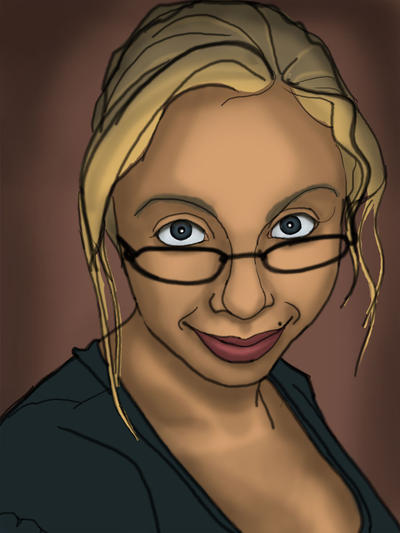
Cartoon My Picture Free JCartoon Pictures Images Photos Wallpaper 2013
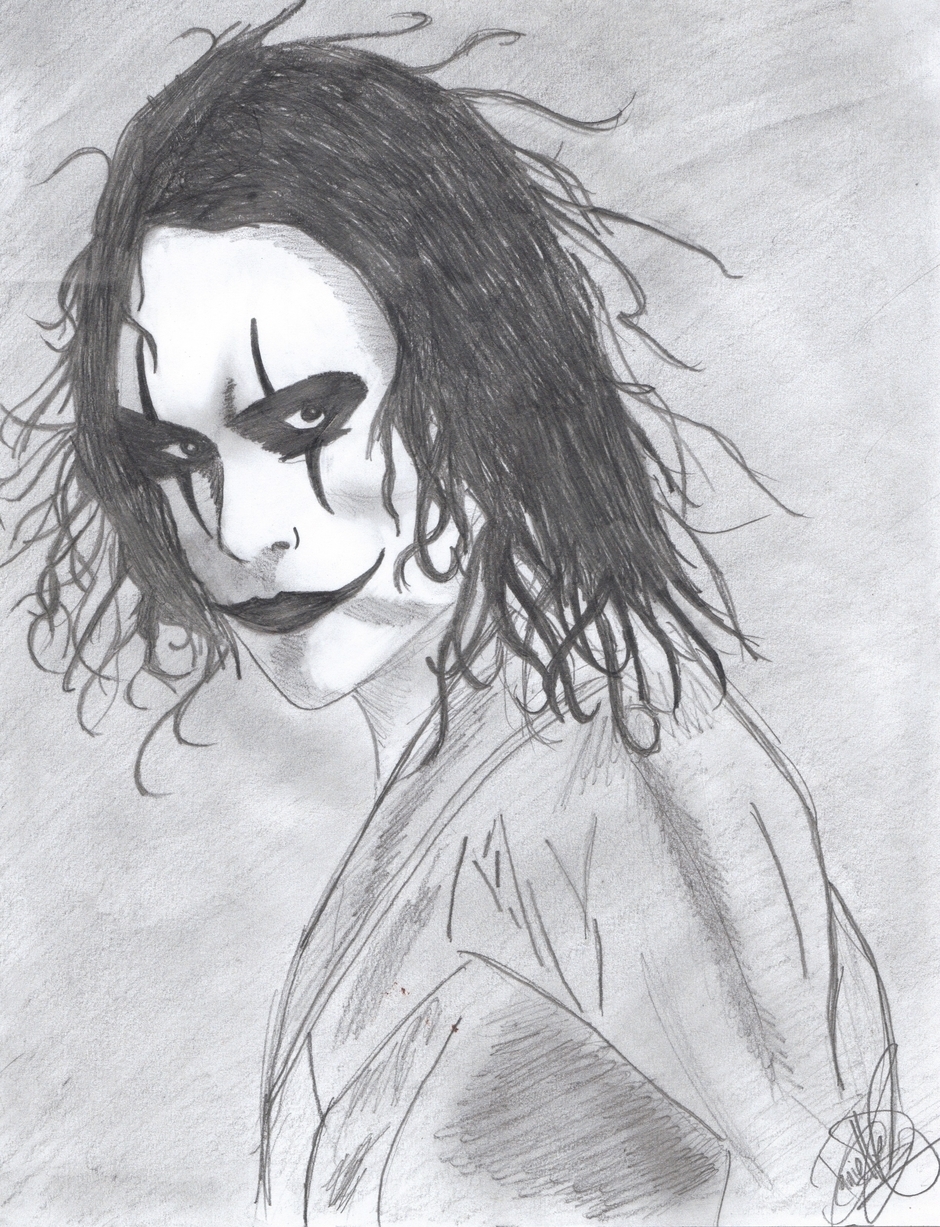
Cartoon My Picture Free JCartoon Pictures Images Photos Wallpaper 2013

Cartoon My Picture Free JCartoon Pictures Images Photos Wallpaper 2013

Cartoon My Picture Free JCartoon Pictures Images Photos Wallpaper 2013
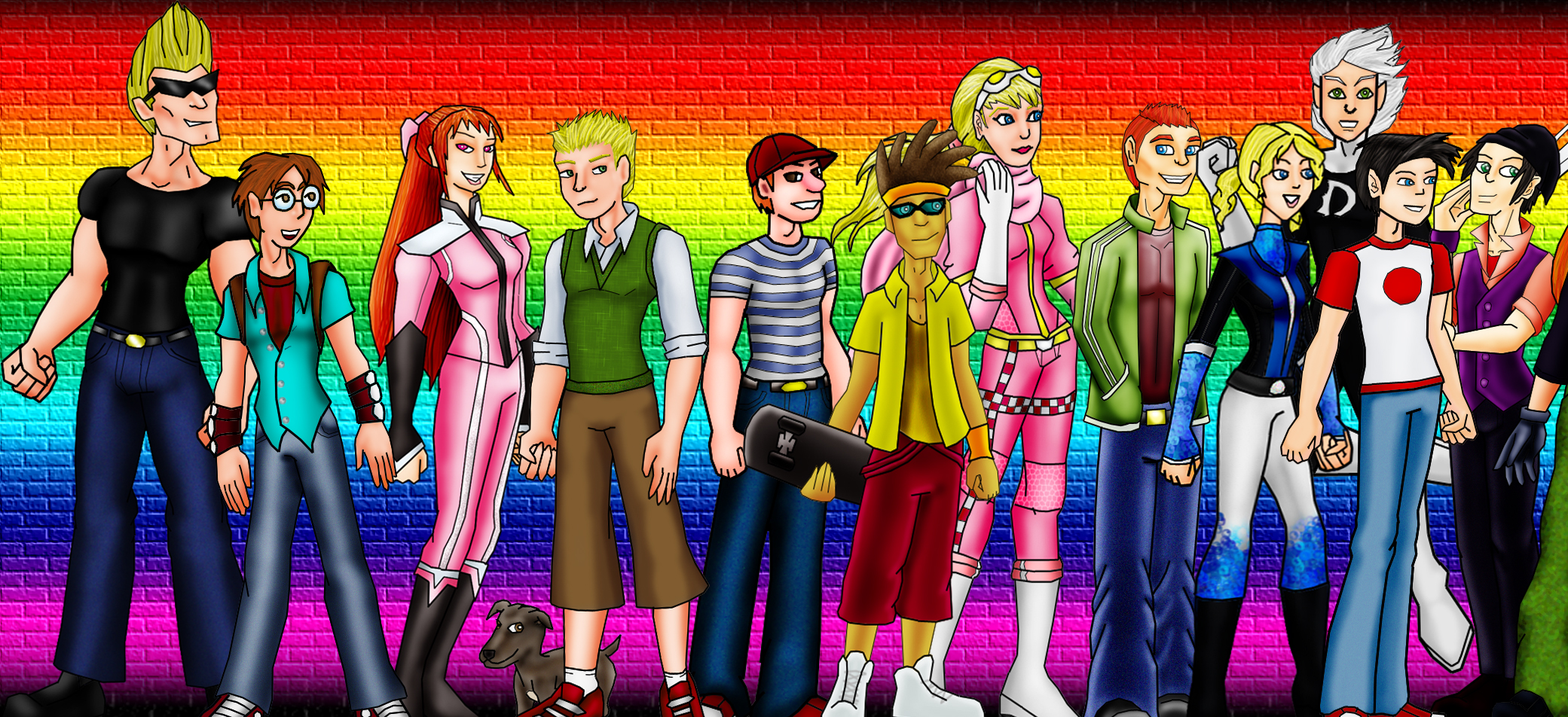
Cartoon My Picture Free JCartoon Pictures Images Photos Wallpaper 2013

Cartoon My Picture Free JCartoon Pictures Images Photos Wallpaper 2013
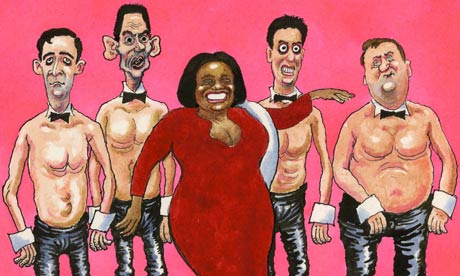
Cartoon My Picture Free JCartoon Pictures Images Photos Wallpaper 2013
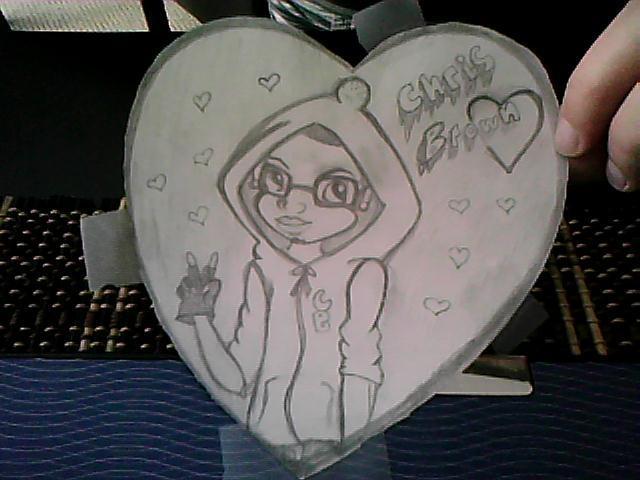
Cartoon My Picture Free JCartoon Pictures Images Photos Wallpaper 2013

Cartoon My Picture Free JCartoon Pictures Images Photos Wallpaper 2013

No comments:
Post a Comment